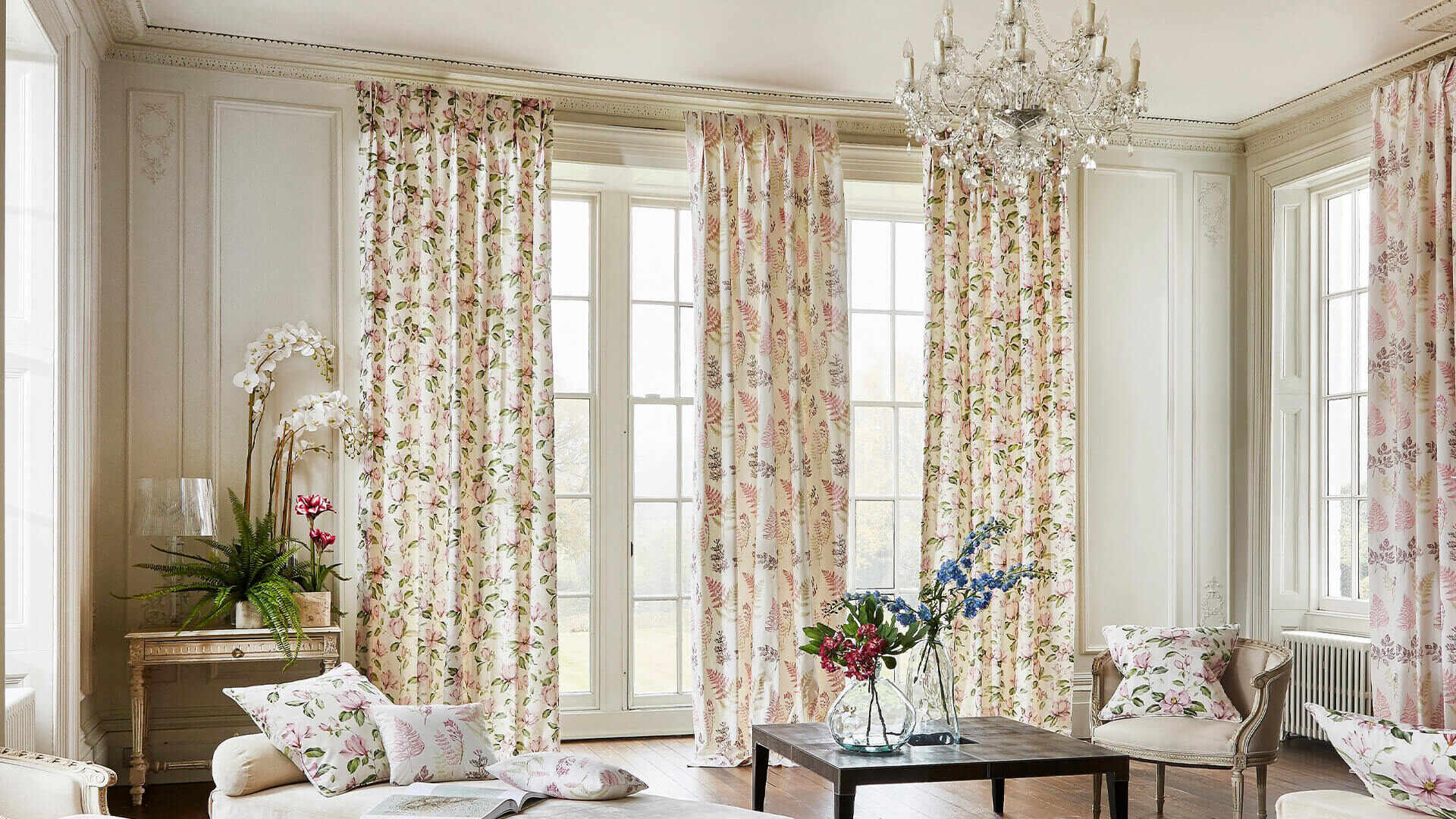

Articles
How To Build Living Room Curtains
Modified: October 20, 2024
Discover expert articles on how to build beautiful and functional living room curtains. Enhance your home decor with these helpful tips and tricks.
(Many of the links in this article redirect to a specific reviewed product. Your purchase of these products through affiliate links helps to generate commission for Storables.com, at no extra cost. Learn more)
Introduction
Welcome to the world of interior design, where small details can make a big difference. One of the most important elements in any living room decor is the curtains. They not only offer privacy and light control but also add style and personality to the space. Whether you’re looking to create a cozy and inviting atmosphere or a sleek and modern look, choosing the right curtains can transform your living room.
In this article, we will guide you through the process of building living room curtains from start to finish. We will cover everything from planning and measuring to selecting the perfect fabric and curtain hardware. Whether you’re a seasoned DIY enthusiast or a beginner, we have you covered.
So, roll up your sleeves and get ready to bring your living room to life with stunning curtains that reflect your personal style and elevate your home decor.
Key Takeaways:
- Planning and measuring are crucial for building living room curtains. Consider style, functionality, and fabric when choosing the perfect curtains to transform your living space.
- Whether sewing your own or purchasing ready-made curtains, focus on proper installation and add finishing touches for a cozy and inviting living room atmosphere.
Read more: How To Build A Room Divider Curtain
Planning and Measuring
Before you dive into the exciting task of choosing fabrics and styles, it’s important to start with careful planning and accurate measurements. This step is crucial to ensure that your curtains fit perfectly and complement the overall look and feel of your living room.
The first thing you need to do is determine the type of curtains you want. Consider the style and functionality that best suits your needs. Do you prefer long, flowing curtains that pool on the floor? Or maybe you prefer a more tailored and contemporary look with crisp, floor-length curtains? Take some time to browse through design magazines and online resources to gather inspiration and identify the style that resonates with you.
Next, measure your windows accurately. Start by measuring the width of the window frame or the area you want the curtains to cover. For a classic look, add a few extra inches to each side to allow the curtains to overlap the window when pulled closed. This will give you a fuller and more luxurious appearance.
When measuring the height, decide whether you want your curtains to hang just above the window sill or all the way to the floor. Make sure to measure from the top of the curtain rod to the desired length, taking into account any decorative finials or rings that may add extra length to the curtains.
If you have multiple windows in the same room, consider whether you want the curtains to match in length or have varying lengths for added interest. Also, think about any furniture or architectural features near the windows that may affect the curtain length.
Once you have your measurements, it’s time to calculate the amount of fabric you will need. As a general rule of thumb, multiply the width measurement by 2 to 2.5 to account for the fullness of the curtains. For example, if your window width is 60 inches, you would need approximately 120 to 150 inches of fabric for a full look.
Remember to account for hems and headers when calculating the fabric length. If you have large patterned or striped fabric, you may need extra yardage to match the pattern or create symmetry. It’s always better to buy a little extra fabric to ensure you have enough to work with.
With your planning and measurements complete, you’re now ready to move on to the fun part – choosing the perfect fabric for your living room curtains.
Choosing the Right Fabric
When it comes to choosing the fabric for your living room curtains, there are a few factors to consider. The fabric you select will not only impact the overall aesthetic of the room but also affect the functionality and durability of the curtains. Here are some key considerations:
Style and Look: Think about the style and ambiance you want to create in your living room. If you’re aiming for a formal and elegant look, consider luxurious fabrics like silk or velvet. For a more casual and relaxed vibe, go for lightweight and flowy fabrics like cotton or linen. Take into account the color and pattern of the fabric as well, making sure it complements the existing color palette of the room.
Light Control and Privacy: Consider how much light you want to filter into the room and the level of privacy you need. Sheer fabrics, like chiffon or voile, allow ample light to enter the room while still maintaining privacy. On the other hand, heavier fabrics, such as blackout curtains, are perfect for blocking out sunlight and maintaining privacy.
Maintenance and Care: Think about your lifestyle and how much time and effort you’re willing to invest in maintaining the curtains. Some fabrics require special care, such as dry cleaning, while others can be easily machine washed. It’s important to choose a fabric that is durable and easy to clean, especially if you have young children or pets.
Climate and Temperature Control: Consider the climate in your area and how the curtains will affect the temperature in your living room. If you live in a hot climate, light-colored and lightweight fabrics can help keep the room cool by reflecting heat. In colder climates, heavier and insulating fabrics like wool or thermal curtains can help retain warmth.
Budget: Finally, consider your budget for the curtains. The cost of fabrics can vary greatly depending on the material and quality. Set a budget range and explore different options within that range to find a fabric that meets your style preferences and budget constraints.
Once you have considered these factors, visit a fabric store or explore online options to find a wide variety of fabrics that match your criteria. Don’t forget to grab swatches or samples to take home and see how they look in your living room. This will help you visualize the fabric in the actual space and make an informed decision.
With the perfect fabric in hand, you’re ready to move on to the next step – selecting the curtain hardware.
Selecting Curtain Hardware
Choosing the right curtain hardware is essential for both functionality and aesthetics. The hardware you select will not only support and hang your curtains but also add a decorative element to your living room. Consider the following factors when selecting curtain hardware:
- Curtain Rods: Curtain rods are available in various materials, including wood, metal, and plastic. The material you choose should complement the overall style of your living room. For a traditional or classic look, opt for decorative wood rods with ornate finials. For a more modern and sleek appearance, choose metal rods with clean lines. Make sure the rod is sturdy enough to support the weight of your curtains.
- Curtain Rings and Hooks: Curtain rings and hooks are used to attach the curtains to the rod. They come in different sizes and styles, including clip rings, pocket rings, and S-shaped hooks. Consider the fabric and style of your curtains when selecting the rings or hooks. If your curtains have a rod pocket, choose rings with clips. If your curtains have grommets, S-shaped hooks or clip rings will work best.
- Finials: Finials are the decorative end pieces that attach to the ends of the curtain rods. They come in a variety of designs, from simple and minimalist to intricate and ornate. Choose finials that complement the overall style of your living room. For example, if your living room has a vintage theme, opt for finials with a vintage-inspired design.
- Brackets and Supports: Brackets and supports are used to attach the curtain rod to the wall or window frame. Make sure to choose brackets that are strong and sturdy enough to support the weight of your curtains. You may need additional supports for longer rods or heavier curtain fabrics.
- Track Systems: If you prefer a more modern and seamless look, you can opt for track systems instead of traditional curtain rods. Track systems allow the curtains to glide smoothly along a hidden track. They are particularly useful for large windows or sliding glass doors.
When selecting curtain hardware, it’s important to consider the style, functionality, and durability of the components. Additionally, ensure that the hardware is appropriate for the weight and size of your curtains. If you’re unsure about the installation process, consult with a professional or refer to the manufacturer’s guidelines for proper installation.
Once you have chosen the perfect hardware, it’s time to move on to the next step – sewing your own curtains or purchasing ready-made ones.
When measuring for living room curtains, always add extra width to the curtain rod to allow for a full, luxurious look when the curtains are closed.
Sewing or Purchasing Ready-Made Curtains
When it comes to acquiring curtains for your living room, you have two options: sewing your own curtains or purchasing ready-made ones. Each option comes with its own advantages and considerations. Let’s explore both options:
Sewing Your Own Curtains:
- Customization: Sewing your own curtains allows you to have complete control over the design, fabric, and dimensions. You can create curtains that perfectly match your style and meet your specific requirements.
- Budget-friendly: Sewing your own curtains can often be more budget-friendly compared to purchasing ready-made ones, especially if you find affordable fabric options.
- Learning Experience: If you enjoy sewing or want to learn a new skill, creating your own curtains can be a fulfilling and educational experience.
However, sewing your own curtains requires time, effort, and sewing skills. It’s important to have access to a sewing machine and to be comfortable with measuring, cutting, and stitching fabric. Additionally, if you’re not confident in your sewing abilities, the end result may not be as professional-looking as you’d like.
Purchasing Ready-Made Curtains:
- Convenience: Ready-made curtains provide convenience, as they are readily available for purchase. You can browse through various options and find curtains that suit your style without the need for sewing or customization.
- Professional Finish: Ready-made curtains are made by professionals, ensuring a polished and well-crafted end product. This can be particularly beneficial if sewing is not your expertise or if you want a high-quality finish.
- Time-saving: Purchasing ready-made curtains saves you the time and effort of measuring, cutting, and sewing. They can be easily installed and ready to use in no time.
However, with ready-made curtains, you may have limited options in terms of design, fabric, and dimensions. It may take some time to find curtains that perfectly match your living room’s style and meet your specific requirements.
In the end, the choice between sewing your own curtains and purchasing ready-made ones depends on your preferences, budget, and skill level. Consider the factors that are most important to you and weigh the pros and cons of each option before making a decision.
Once you have your curtains ready, it’s time to move on to the installation process.
Installation Tips and Techniques
Now that you have your curtains ready, it’s time to install them in your living room. Proper installation ensures that your curtains hang beautifully and function effectively. Here are some tips and techniques to help you with the installation process:
- Preparation: Before you start installing the curtain hardware, gather all the necessary tools, including a drill, screws, a level, and a measuring tape. Ensure that you have chosen the right hardware based on the weight of your curtains and the type of wall or window frame.
- Positioning: Use a measuring tape and level to determine the correct height and width for your curtain rod or track. Mark the positions for the brackets or supports, making sure they are level and evenly spaced. Consider the clearance needed between the curtains and any furniture or windowsill.
- Mounting the Hardware: Depending on the type of hardware you have chosen, follow the manufacturer’s instructions to mount the brackets or supports securely on the wall or window frame. Use a drill to create guide holes before inserting screws to ensure stability.
- Hanging the Curtains: Once the hardware is securely mounted, attach the curtain rings or hooks to the curtain rod, if applicable. Slide the rings or hooks onto the curtain rod, making sure they are evenly spaced. If you have grommet curtains, simply thread the curtain rod through the grommets. For rod pocket curtains, insert the curtain rod through the pocket.
- Leveling and Adjusting: After hanging the curtains, step back and make sure they are level and hang evenly. Adjust the position of the rings or hooks, if needed, to ensure smooth and even curtain movement.
- Finishing Touches: Adjust the length of your curtains, if necessary, by folding and hemming or using curtain clips to create the desired length. Use a steamer or iron to remove any wrinkles or creases in the fabric for a polished look.
- Functionality and Safety: Ensure that your curtains are easily operable and that they do not pose any safety hazards, especially if you have young children or pets. Make sure the curtains can be opened and closed smoothly without any obstructions.
Keep in mind that the installation process may vary depending on the specific curtain hardware and type of curtains you have selected. Always refer to the manufacturer’s instructions and guidelines for proper installation techniques.
With your curtains successfully installed, it’s time to add the finishing touches to complete the look of your living room.
Adding Finishing Touches
Now that your curtains are installed and hanging beautifully in your living room, it’s time to add the finishing touches to complete the overall look and enhance the aesthetic appeal. Consider the following ideas to add those final touches:
- Accessorize with Tiebacks: Tiebacks are decorative fabric or rope loops used to hold the curtains to the sides. They add a touch of elegance and can be functional in keeping the curtains open. Choose tiebacks that complement the style and fabric of your curtains.
- Layer with Sheer Curtains: If you want to add depth and texture to your window treatments, consider layering your curtains with sheer curtains. Sheer curtains provide privacy while still allowing natural light to filter through.
- Install Valances or Cornices: Valances or cornices are decorative fabric treatments that can be mounted on top of the curtains to add visual interest and frame the window. They come in a variety of styles, from tailored and minimalistic to opulent and swagged.
- Add Curtain Ties: Curtain ties are another option to hold your curtains open in a decorative way. They are available in various materials and styles, including ribbons, tassels, or fabric ties.
- Install Curtain Holdbacks: Curtain holdbacks are mounted on the wall and are used to hold the curtains to the sides. They come in a variety of shapes and designs, allowing you to add a touch of sophistication to your curtains.
- Consider Window Treatments for Added Privacy: If you still desire more privacy while maintaining natural light, consider adding blinds or shades behind the curtains. They can be adjusted easily to control the amount of sunlight and create extra privacy when needed.
- Integrate Lighting: Install sconces or wall-mounted lights on either side of the window to provide both functional and ambient lighting. This will not only enhance the overall look but also create a cozy and inviting atmosphere in your living room.
- Accessorize with Decorative Curtain Rods: Consider upgrading your curtain rods with decorative finials or choosing rods with unique designs. This can add an extra touch of personality and style to your living room curtains.
Remember, adding finishing touches is all about personalizing and elevating the look of your curtains. Explore different options and experiment with different styles until you achieve the desired result.
With these finishing touches in place, your living room curtains are now complete, creating a stunning focal point and adding warmth and style to your space.
Now that you have successfully built and enhanced your living room curtains, take a step back, admire your work, and enjoy the beautiful transformation of your living space.
Conclusion
Building living room curtains is not only a practical task but also an opportunity to add style, personality, and warmth to your living space. By following the steps outlined in this article, from planning and measuring to selecting the right fabric and hardware, you can create curtains that beautifully complement your living room décor.
Whether you choose to sew your own curtains or opt for ready-made ones, the decision depends on your skill level, budget, and personal preferences. Both options have their advantages and considerations, so choose the one that fits your needs best.
During the installation process, remember to take your time, ensuring the curtain hardware is properly mounted and the curtains are hanging evenly and at the desired height. Adding finishing touches such as tiebacks, valances, or curtain holdbacks can further enhance the overall look and functionality of your curtains.
Ultimately, the goal is to create a living room that is inviting, cozy, and reflects your personal style. The right curtains can transform the space, providing privacy, light control, and a touch of elegance. Don’t be afraid to experiment with different fabrics, colors, and styles to find the perfect curtains that bring your vision to life.
So, take a step back and admire your newly built living room curtains. Appreciate the effort and creativity you have put into this project. Your curtains will not only serve a practical purpose but also serve as a beautiful backdrop to your everyday moments and memories in your living room.
Now it’s time to sit back, relax, and enjoy the comfort and beauty of your newly adorned living room.
Frequently Asked Questions about How To Build Living Room Curtains
Was this page helpful?
At Storables.com, we guarantee accurate and reliable information. Our content, validated by Expert Board Contributors, is crafted following stringent Editorial Policies. We're committed to providing you with well-researched, expert-backed insights for all your informational needs.
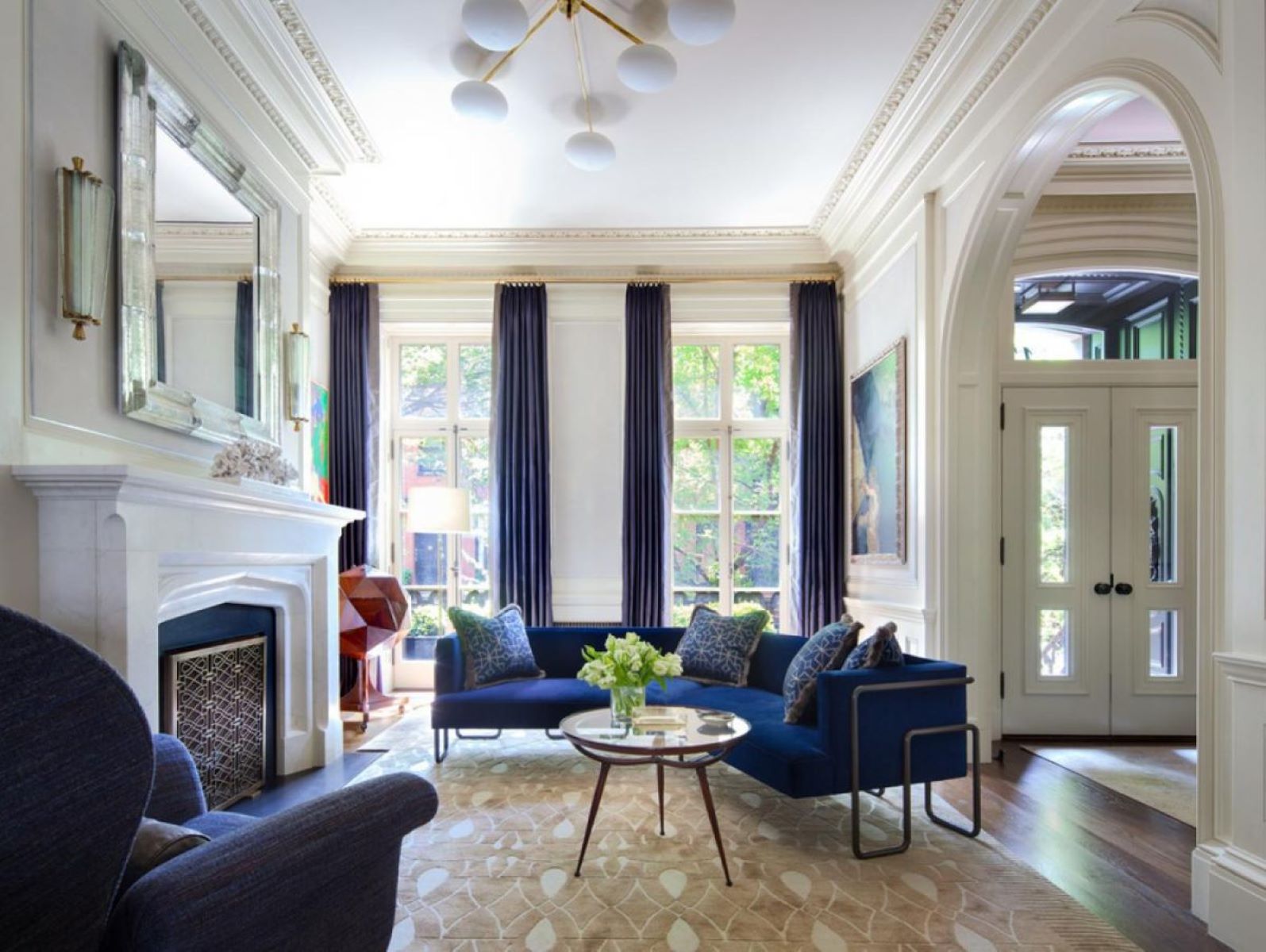

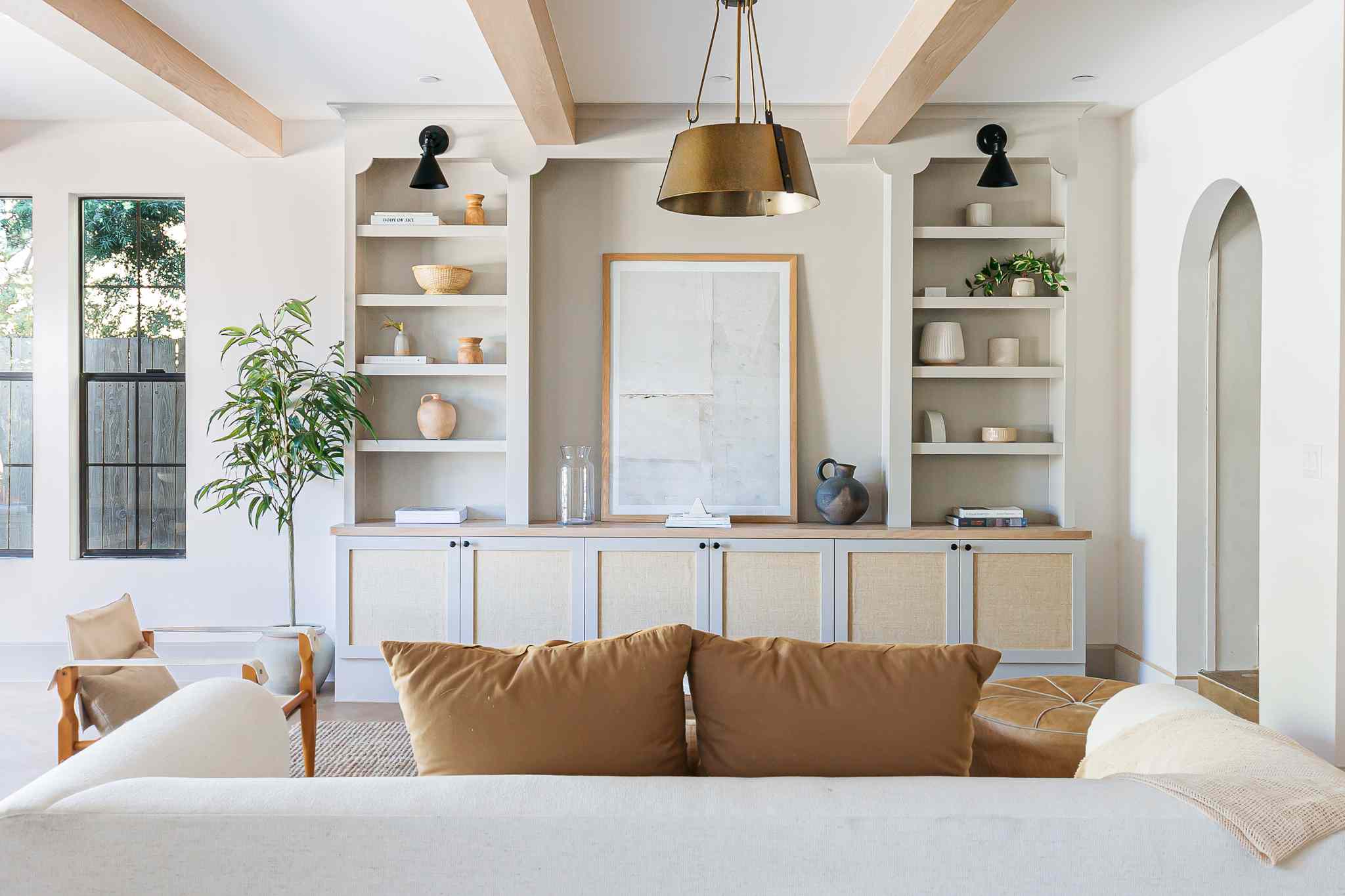
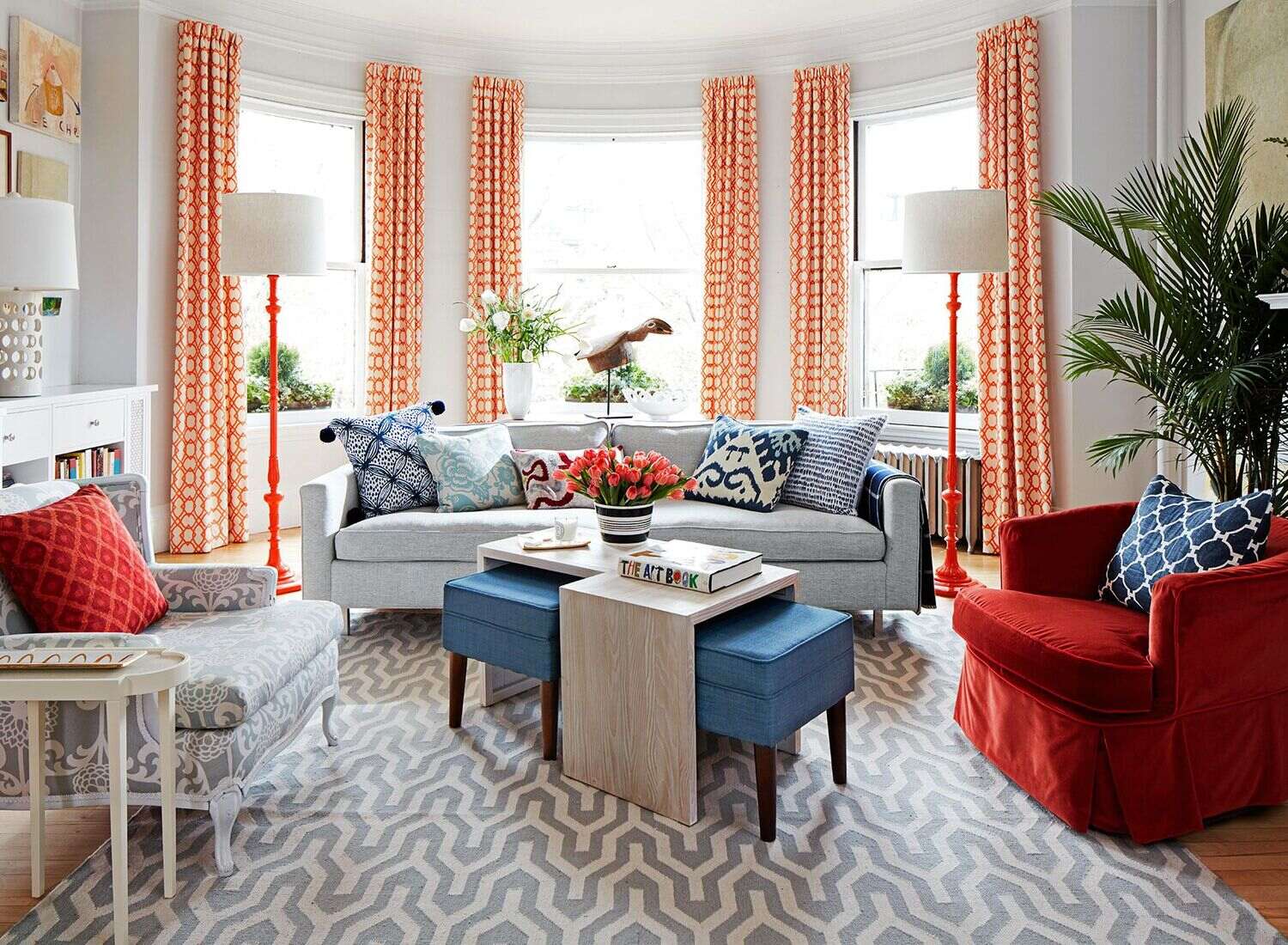
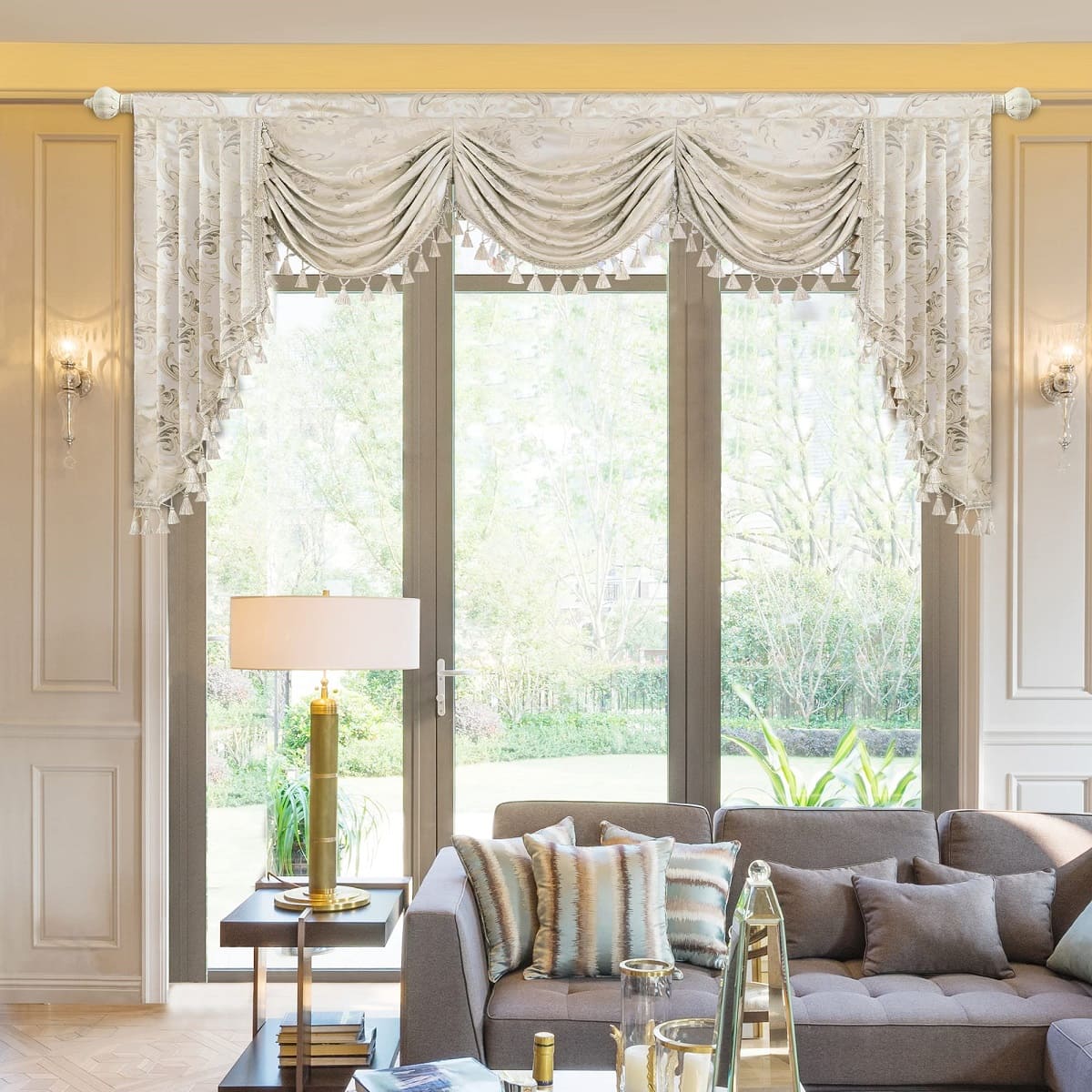
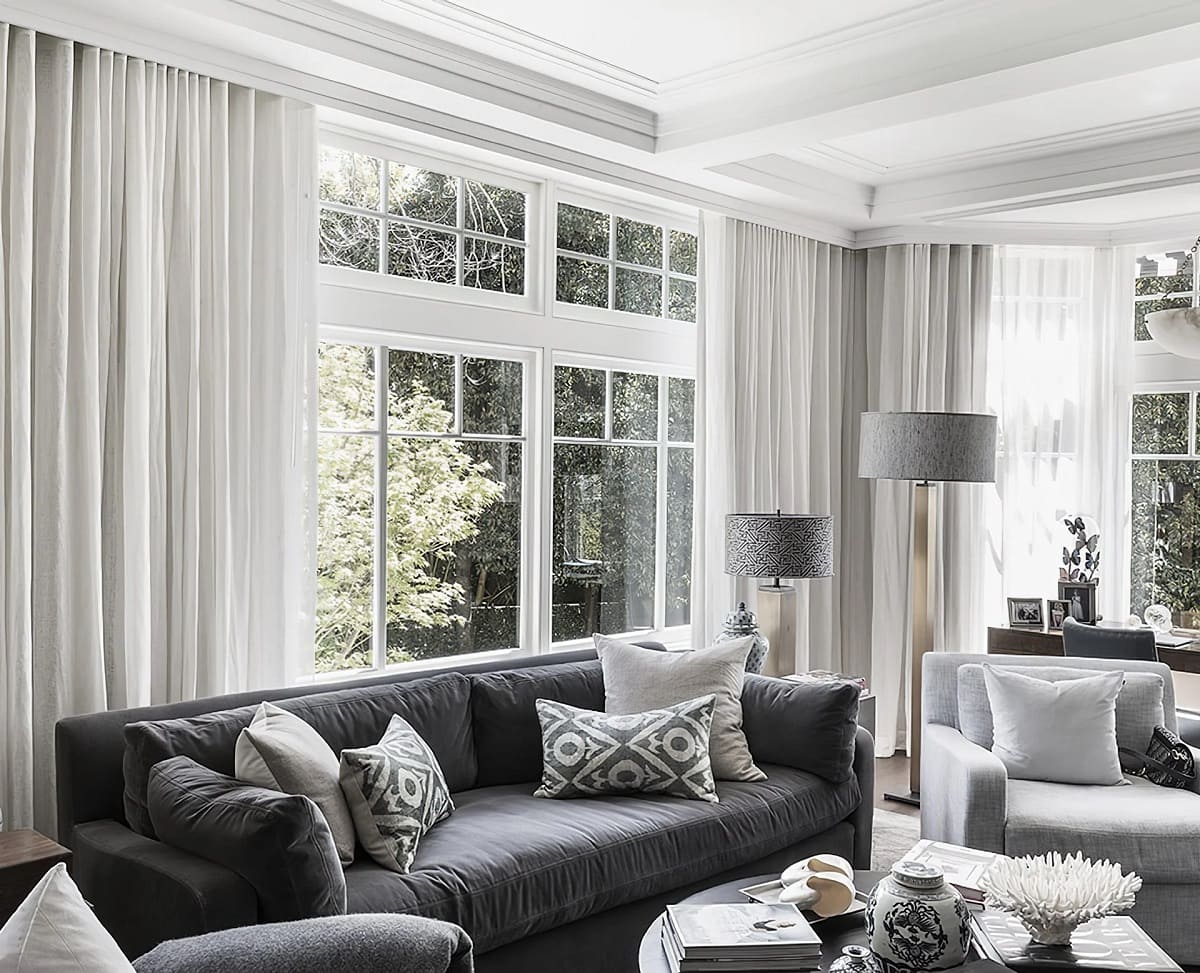
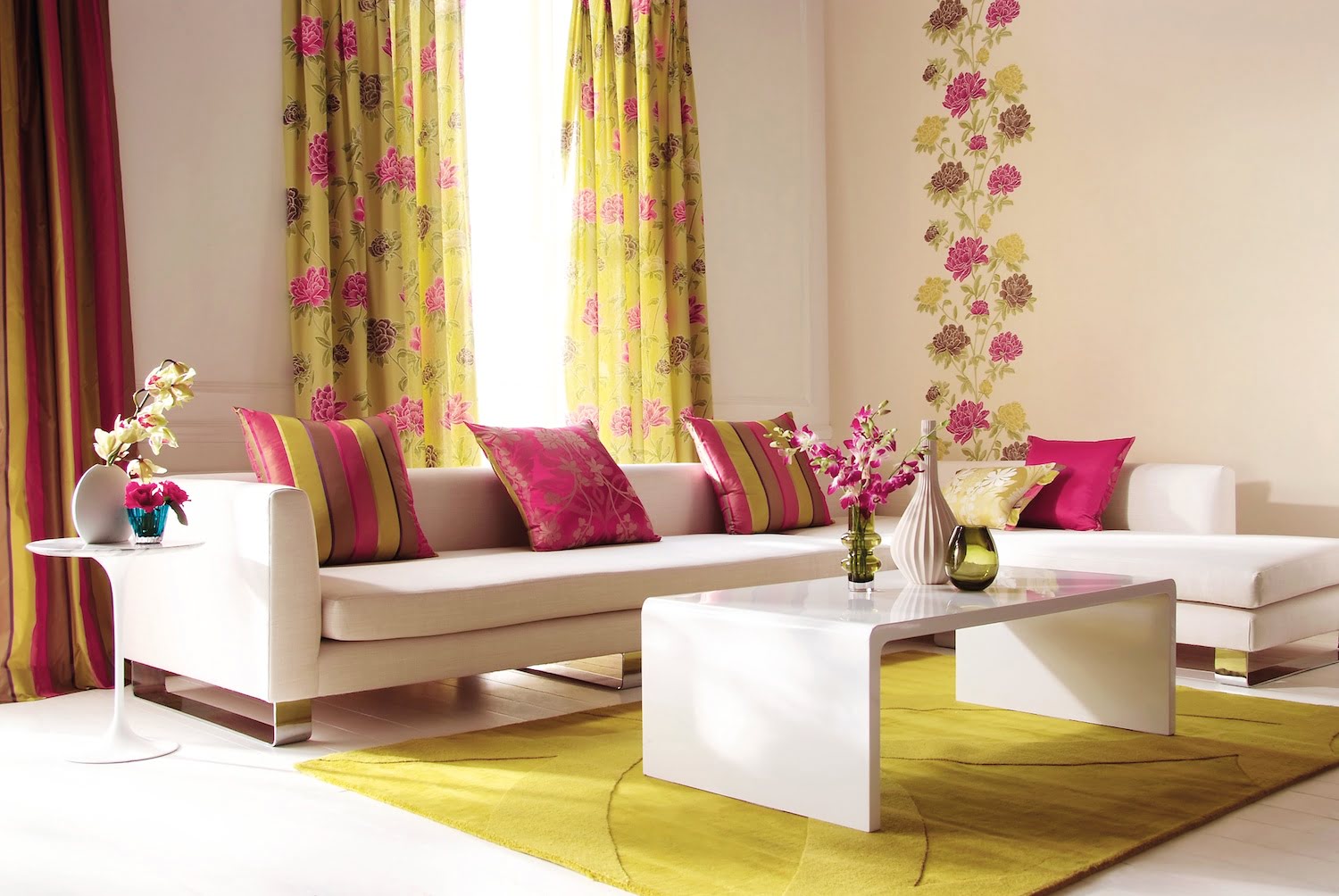
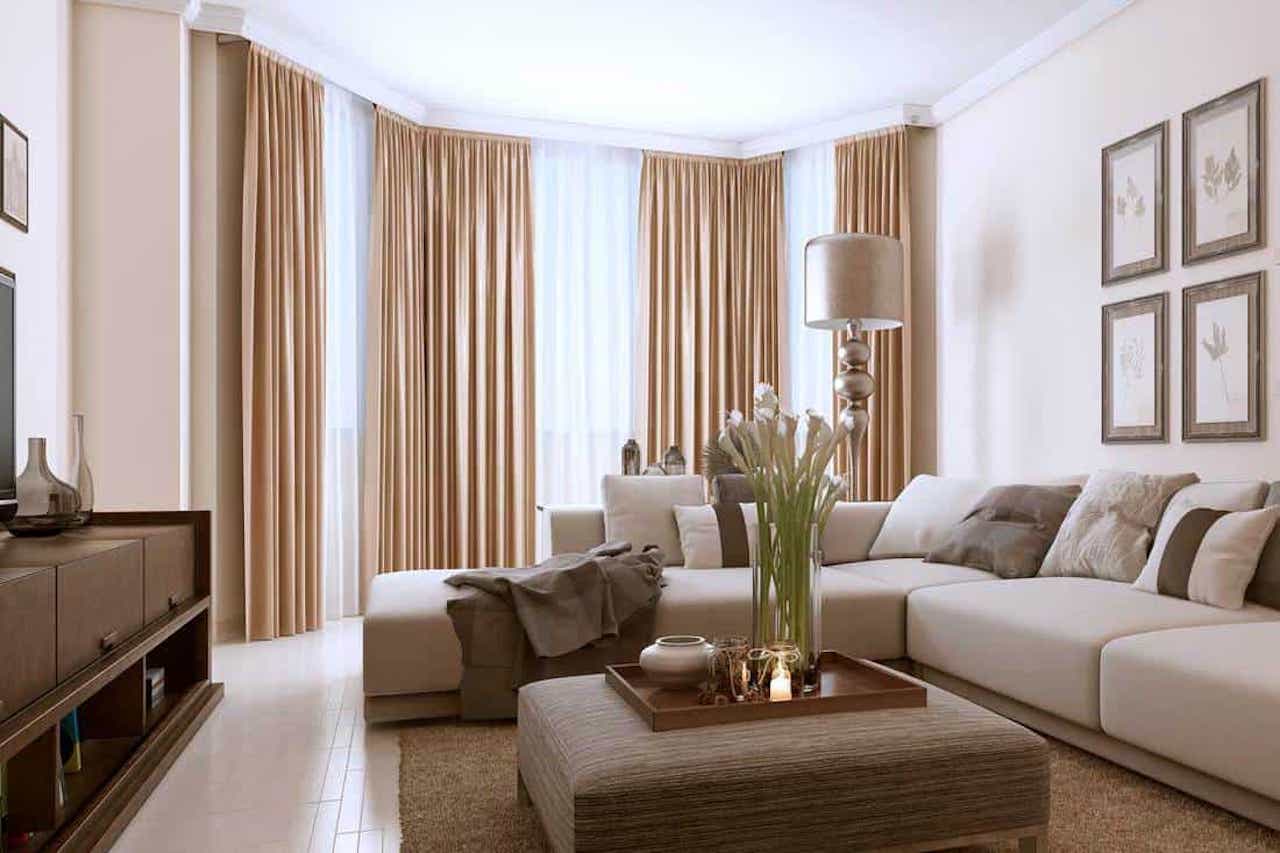
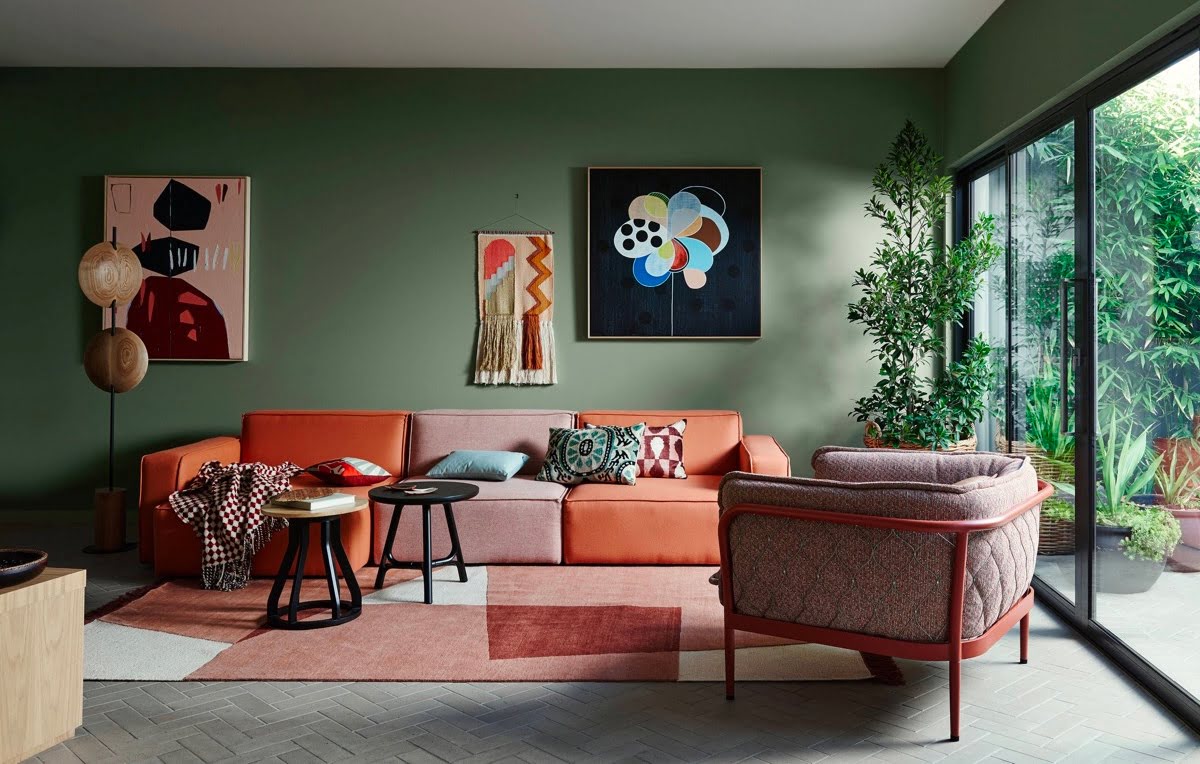
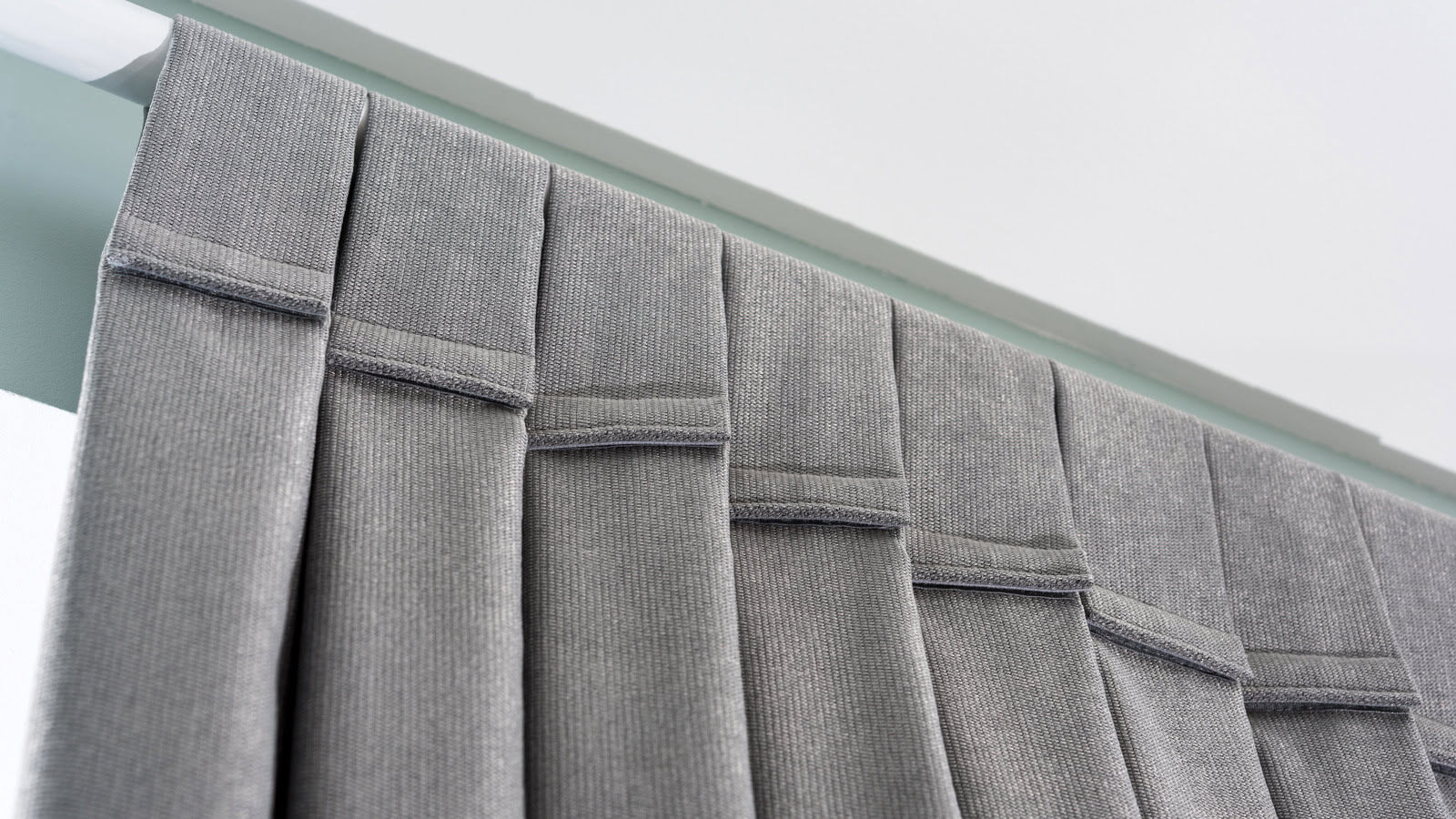
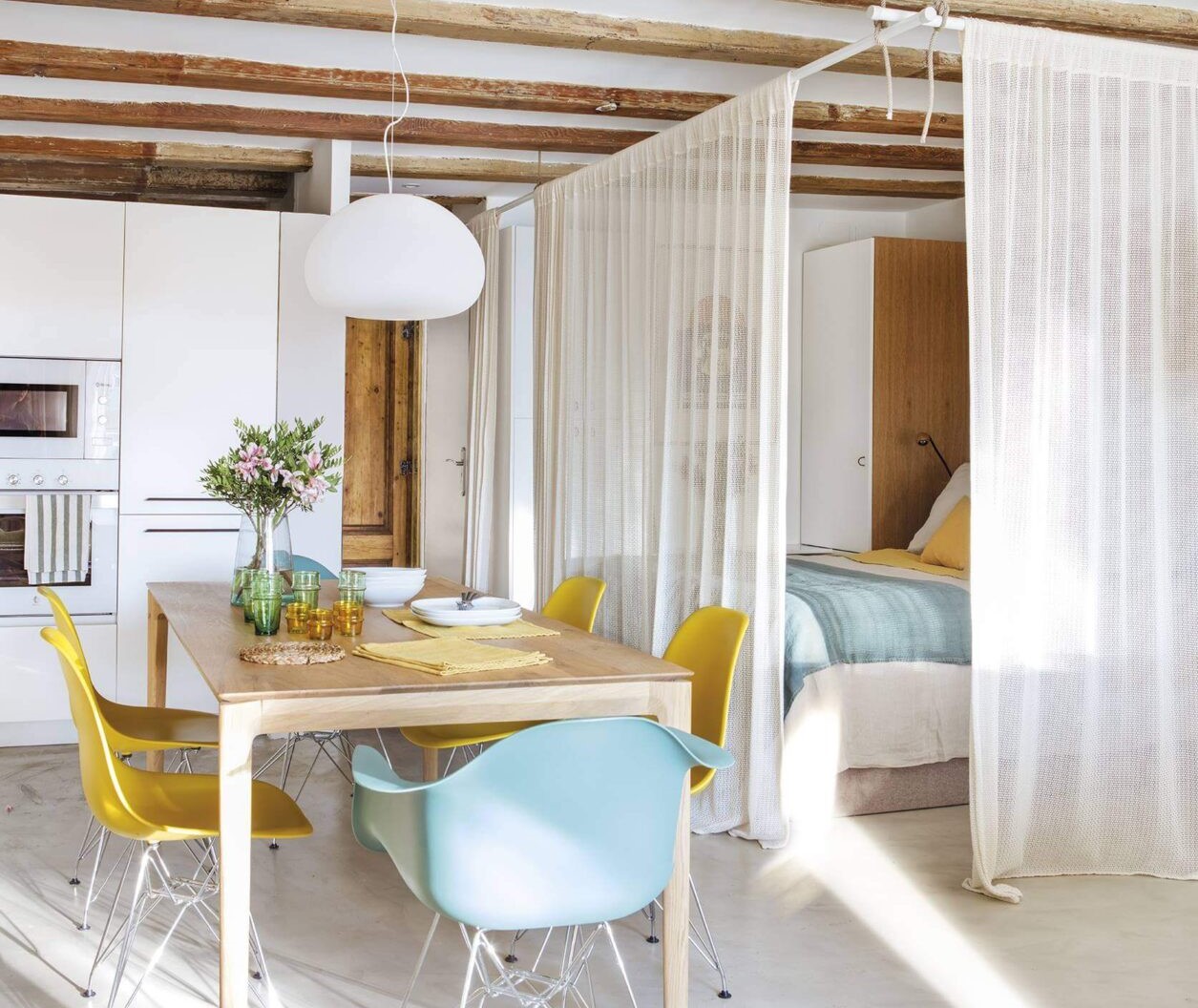
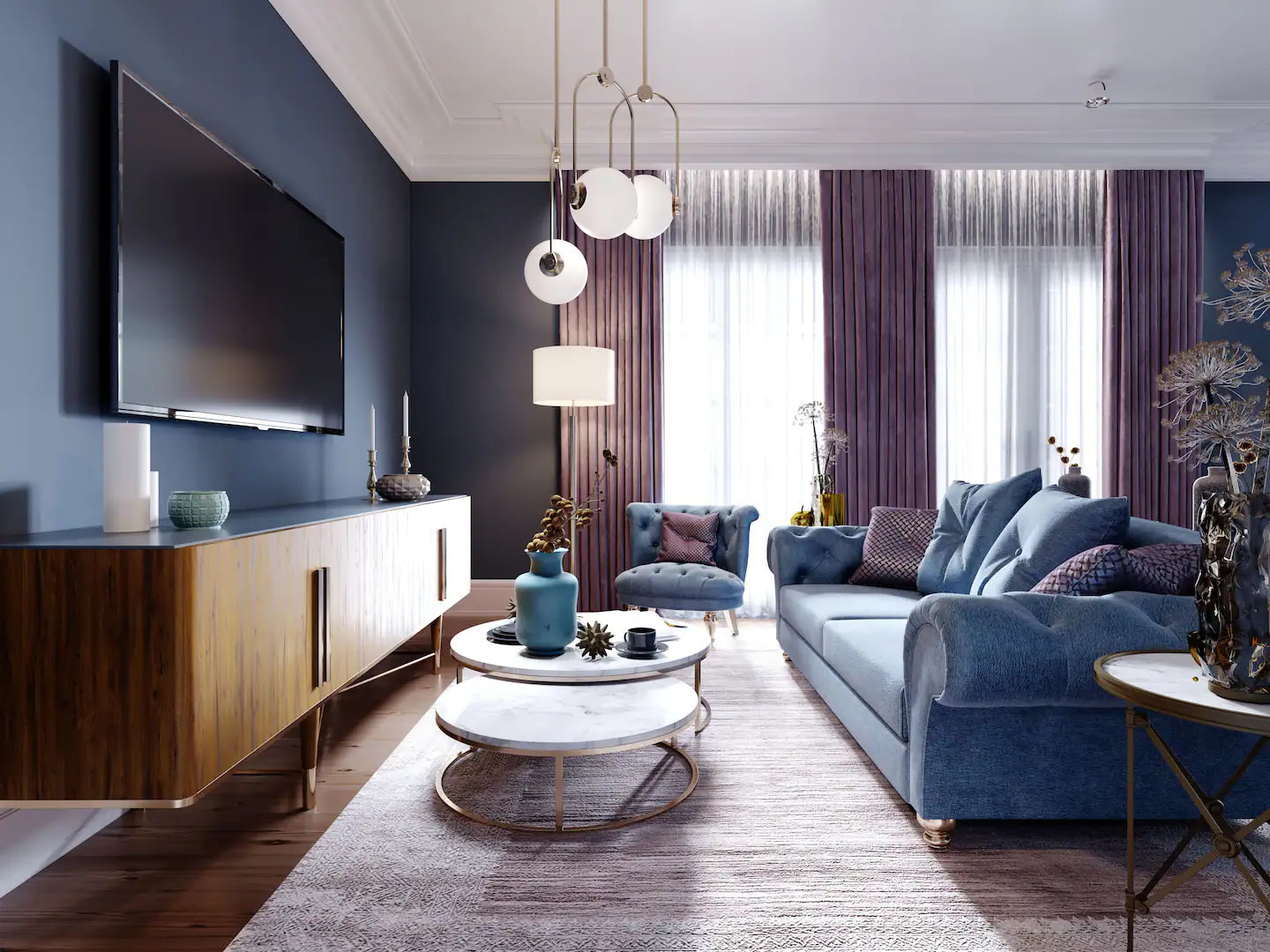
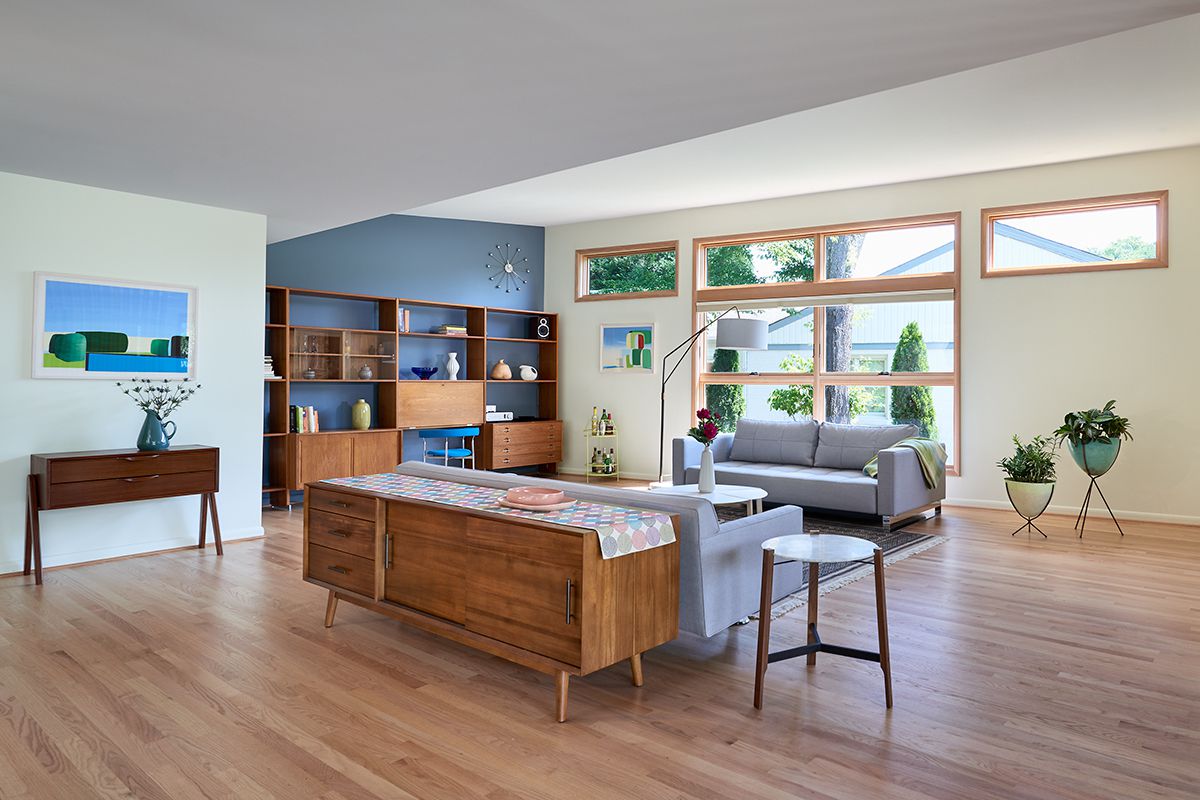


0 thoughts on “How To Build Living Room Curtains”